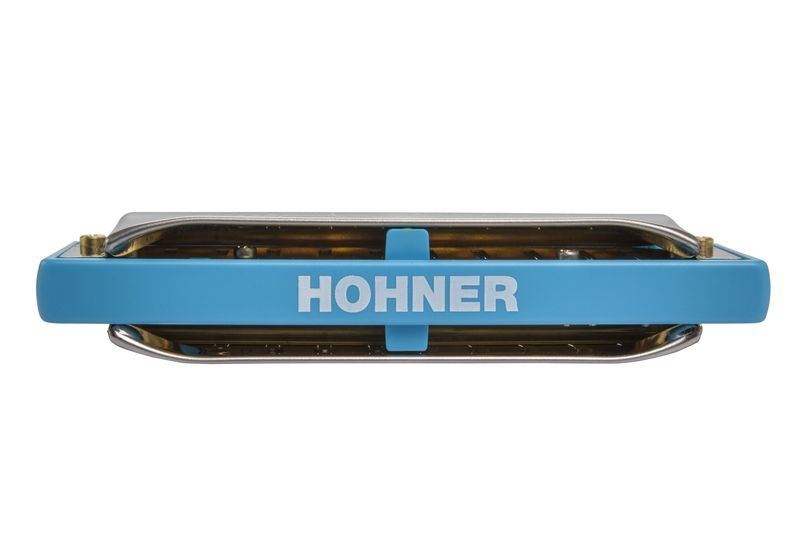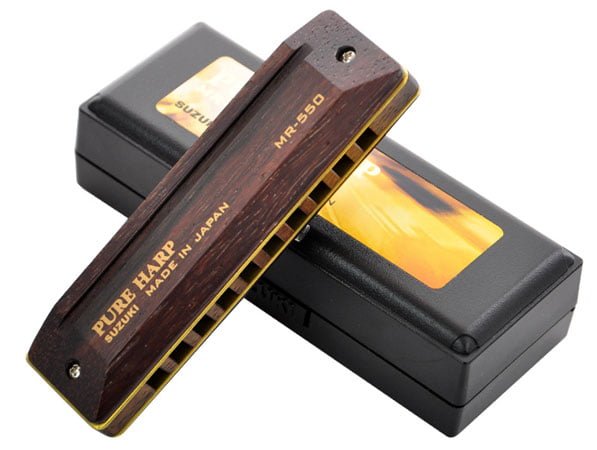What is the Difference Between D# and Eb? (Or Any Sharp or Flat?)
Musical terminology can be confusing sometimes, with its esoteric symbols and strange Italian words, like ‘allegro’ or ‘andante’. Nowhere is this more prevalent than when the subject is sharps and flats. But it doesn’t need to be complicated; in this post I’ll explain how sharps and flats work, and whether there is a difference between D# and Eb or F# and Gb (TL:DR answer – in almost all Western music there isn’t).
Why Do We Have Sharps and Flats?
When I started learning the piano, around 40 years ago (I was very young!) I wondered why classical musicians used such a weird form of notation. Why didn’t they just assign a unique letter to each of the 12 notes in an octave, rather than messing about with sharp, flats and naturals? It was only later that I learnt that traditional Western music had begun with no sharps or flats at all; instead, for much of the first 1000 years of Western musical history, we had only what we now call the natural notes – in other words, just the white notes on a piano keyboard. These were then notated on a musical staff with 11 lines, with each space and line indicating a natural note. This staff was eventually split in two, with symbols (treble and bass clefs) indicating the tonal range, to make it easier to read, but not much else changed for several hundred years. Music of the time was modal, rather than being based on the concept of keys, although some of these modes, such as the Ionian mode (basically C to C on all the white notes) do correspond with modern musical keys (in this case, the key of C Major).
Incredibly, it wasn’t until around a thousand years ago that an Italian musician named Guido D’Arrezo noticed that there was a missing note between A and B. He discovered this when attempting to transpose the Ionian mode to F, which resulted in the B sounding wrong; it was slightly too high. Realising there must be a note between A and B, he dropped the B by a semitone, and renamed the old B ‘H’ (which is why Hohner harmonicas still have ‘H’ in brackets next to their key designation of B). These days we call B, ‘B’ or ‘B Natural’, and the note that Guido named B is now referred to as Bb. As a result of Guido’s discovery, there were now eight, rather than seven, notes in an octave, and two different major keys were now available.
Weirdly, it took a few more centuries for the other sharps or flats to be discovered. It wasn’t until around 1350AD that all of the 12 notes that we now have in an octave were available to musicians. It seems odd that Guido, for example, didn’t apply the same thinking that helped in his discovery of Bb to the scale of G, which would have led to his finding F#. It needs to be remembered, however, that this was the Middle Ages, where much of the population believed in all sorts of nonsense, such as witchcraft or the healing power of magic stones, so the absence of a more scientific approach from Guido can, perhaps, be forgiven.
An interesting side note here is that the symbols for sharps and flats are derived from the same letter – B. Sharps were originally denoted with a square shaped B, which was later stylised as # to avoid confusion with flats, which were indicated by a rounded b, as they are today.
So, What is a Sharp or Flat, Again?
In simple terms, a sharp is where the base note has been raised a semitone, and a flat is where it has been lowered a semitone. Thus, every black note on a piano keyboard can be described in multiple ways – F#, for instance can be named in relation to being a semitone above F (F sharp), or a semitone below G (G flat). The same is true, theoretically, of white notes, but convention dictates that they will almost always be denoted as a natural rather than as a harp or flat (so E, for instance will nearly always be called ‘E’ and not ‘Fb’).
So, the black keys on a piano keyboard, which are the notes traditionally referred to as sharps or flats can be either Db, Eb, Gb, Ab and Bb, or C#, D#, F#, G# and A#.

Why Use Sharps and Flats?
In practice, however, certain notes are generally denoted as either a flat or a sharp by convention, and are rarely referred to by their alternative name. In the world of harmonicas, for instance, all keys that could be called flats or sharps are referred to as flats, except for F#. So the keys of harmonicas are typically referred to as C, Db, E, Eb, F F#, G, Ab, A, Bb, B.
Caveat
The one caveat here is that D# and Eb are only the same note in commonly used Western tuning systems – the most common of which is 12 Equal Temperament, which splits each octave into 12 equally spaced frequencies. In other, older and much less common tuning systems, such as 5 limit Just Intonation, there is a small difference between the two notes. This is because, instead of dividing the octave into equally spaced notes (which from a tonal and mathematical viewpoint, results in some frequency combinations not being perfectly pure ratios), 5 limit Just uses the circle of fifths to create perfectly pure ratios, but it can never return to the starting pitch class because of the impossibility of fitting multiple 3:2 ratios (fifths) into a 2:1 ratio (the octave). The result is the creation of notes, such as D# and Eb, that are note a semitone apart, but are also not quite the same note.
Some instruments were created to enable both notes to be played. An example of this is shown in the video below, where an organ features a split black key, enabling both D# and Eb to be played. Ultimately, though, 5 Limit Just Intonation was largely abandoned many years ago, so for practical purposes equivalent sharps and flats are the same note.




